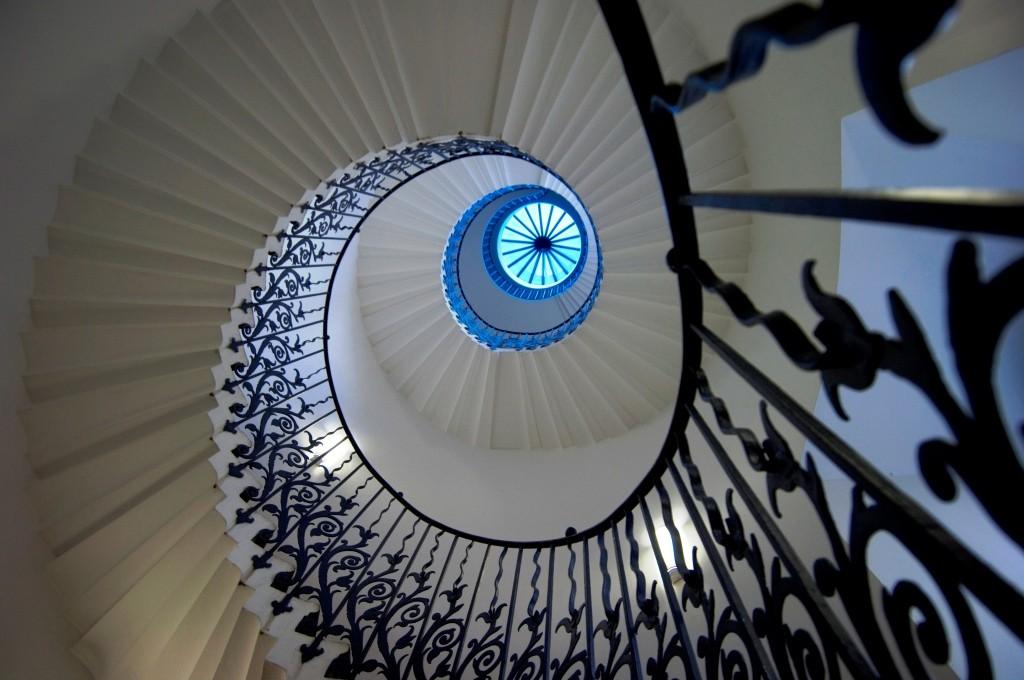24 Jul 2015
[[{"type":"media","view_mode":"media_large","fid":"220343","attributes":{"class":"media-image size-full wp-image-3137","typeof":"foaf:Image","style":"","width":"335","height":"480","alt":"Hardy Ghost photo"}}]] © Mary Evans Picture Library/Peter Underwood
Almost immediately the speculation and excitement began. There were attempts to explain it, to recreate the conditions of the shot to ascertain whether some mechanical glitch could account for the figure and even, in June 1967 an attempt to contact the spirits with a seance, but to no avail. No definitive explanation could be offered. The photograph and its spectral intruder remain a mystery. Despite this, or perhaps because of it the Queen’s House has a reputation. As recently as 2002 ghostly sightings have been made here, doors opening of their own accord, figures fleeing through solid walls, inexplicable sounds in the night. Perhaps the Reverend and his wife did experience the supernatural, perhaps they did capture the image of a ghost or ghosts and perhaps those troubled spirits still wander the halls of the Queen’s House. Still climb these stairs. There, above us.
NMM: Brilliant. Thanks. I won’t sleep tonight. That story is why I don’t come here very often.
PD: But do you believe it?
NMM: Do I believe in ghosts? No personally I don’t.
PD: Interesting then, don’t you think?
NMM: How so?
PD: This is a story that is well documented, famous even, it is recorded on your website with attendant images and references, but in the end none of that collected evidence adds up to a truth. Just because we can find and collate a lot of details about a thing doesn’t make it a fact.
NMM: OK, true.
PD: However knowing that the story isn’t true hasn’t lessened its effect on you or your relationship to this building and it’s history. You said yourself you don’t come here often because of it. The power of that fiction is enough to stir a real, emotional response in you. That’s a fact that inescapable. That’s a real truth. In the show we do something similar with the story of Drake’s Drum.
NMM: The myth that in times of trouble the spirit of Drake can be recalled from death by the sound of his old drum.
PD: Exactly. Now we don’t want the children to talk about that story as fact, but we do want to use it stir their emotions. Wake them up. It gets their imaginations going and from that point on they’re ready to explore.
NMM: I think I understand...
PD: I guess what I’m saying is this. I agree that we can’t just make things up, that we have a responsibility to the names and dates as they provide essential scale and context. However in the end history is subjective and very human isn’t it? Our ability to understand it comes from our ability to take imaginative leaps, feats of make believe that transport us to distant lands or long lost times. I think that’s what works best about Against Captain’s Orders. It’s a launch pad. We provide facts, but we also transport the children out of the comfort and safety of the everyday and kick start their imaginations. We deliver a story of historical fact through a magical, fictional truth. It’s what makes it an adventure.
NMM: I absolutely agree with what you’re saying in relation to the show, which I guess is the point, but does that have to do with Elinor Grey?
PD: Simple. Whether Elinor was real or not her story has fired up our imaginations and got us exploring. I’m not ready to stop just yet.
NMM: Where then would you suggest we explore next?
PD: Well, I do think you’re right in as much as we need to start with what we do know and I learned all I know about Elinor Grey in one place. The museum stores…
Our Journey into the Uncharted continues here.
Against Captain’s Orders, a maritime adventure for 6 - 12 year olds is open 7 days a week. Find out more including how to book tickets here.
